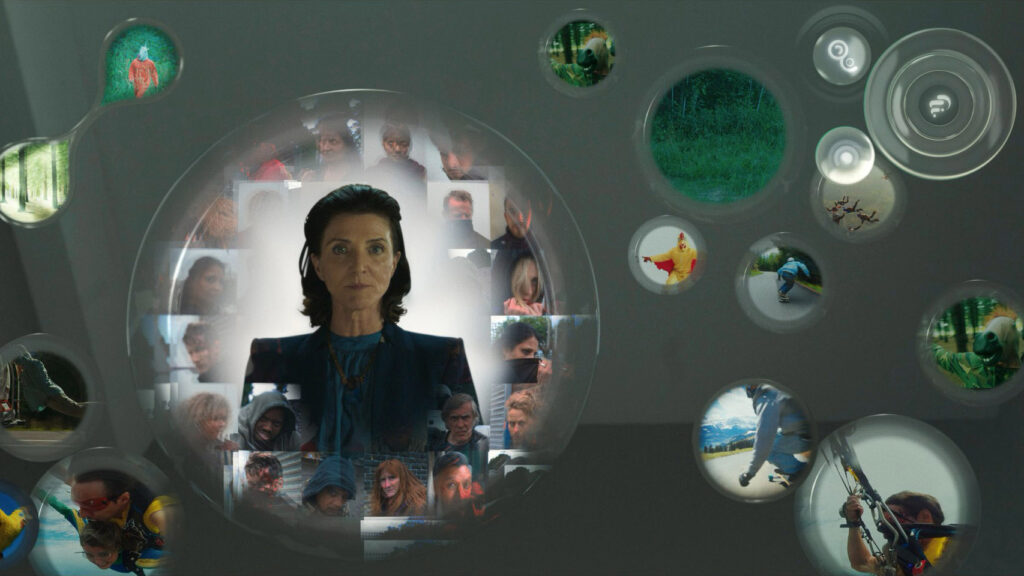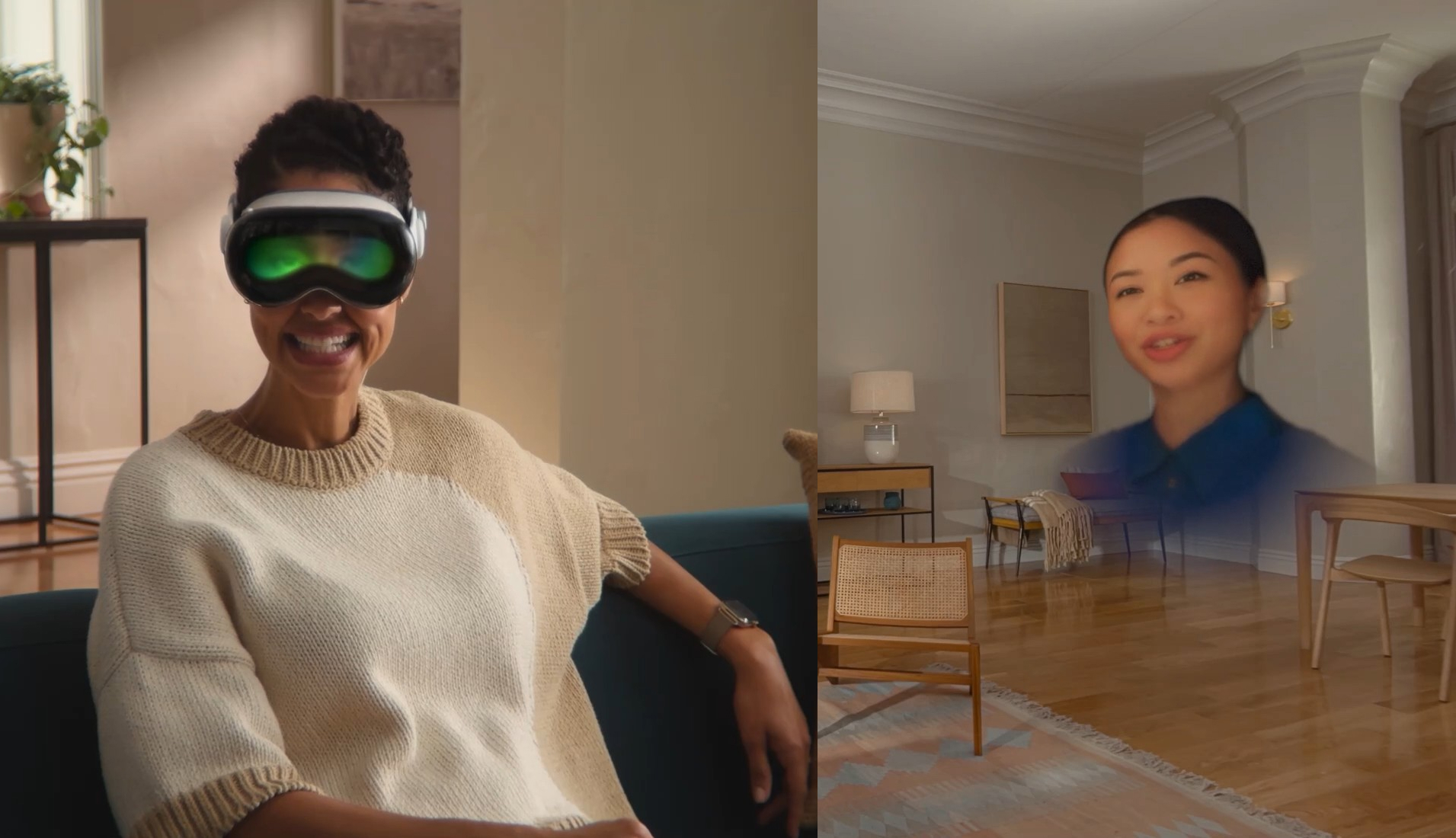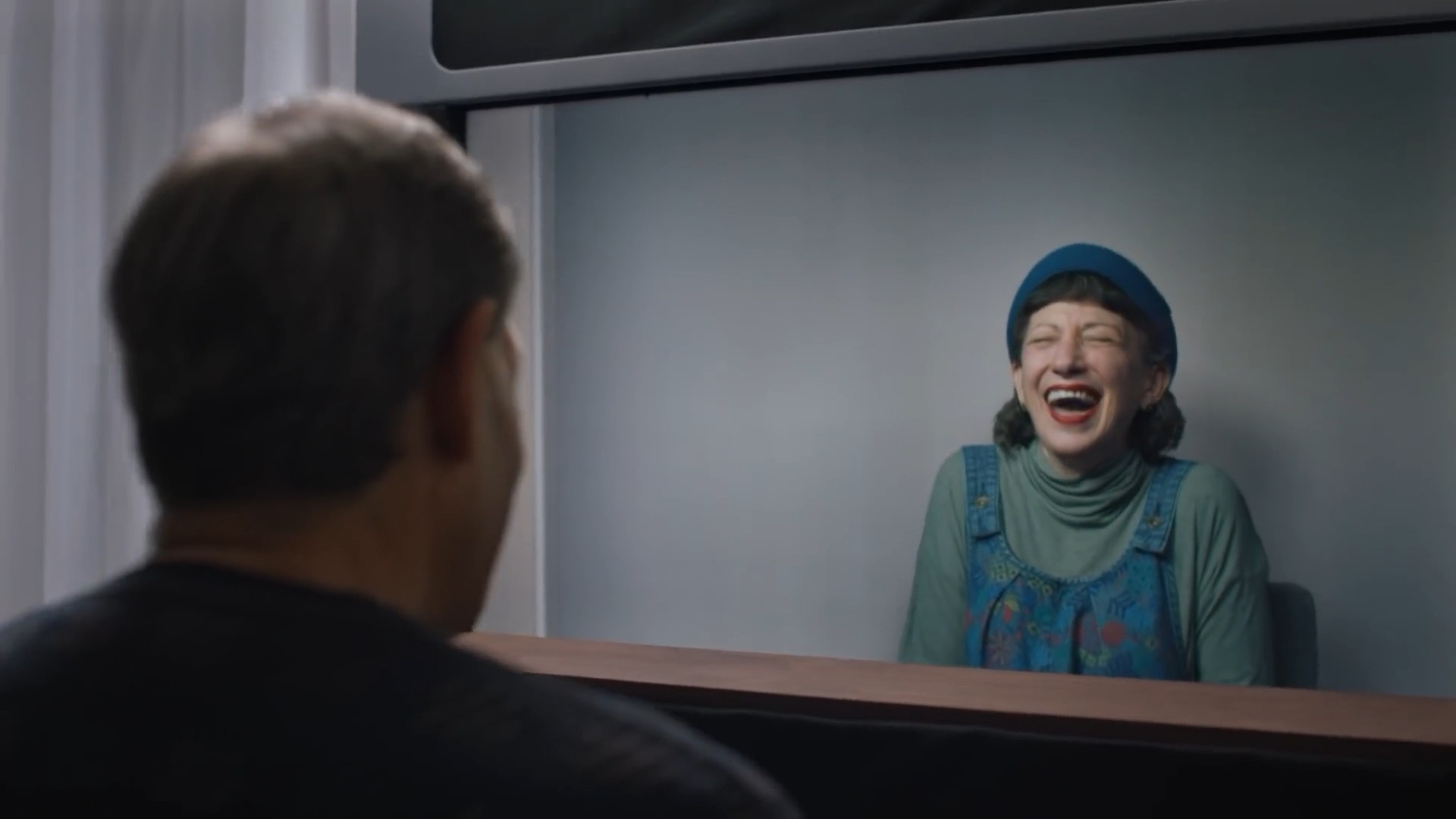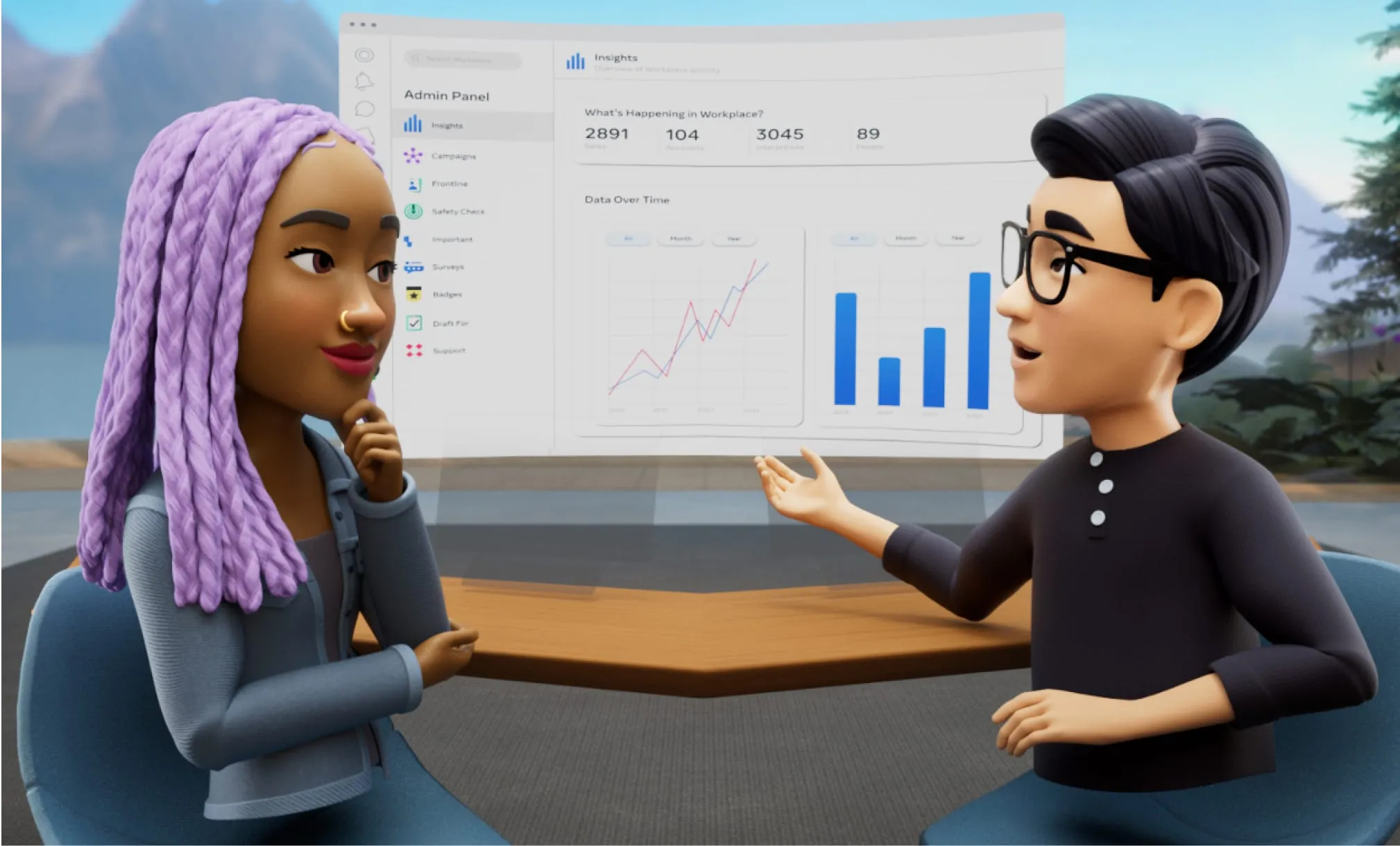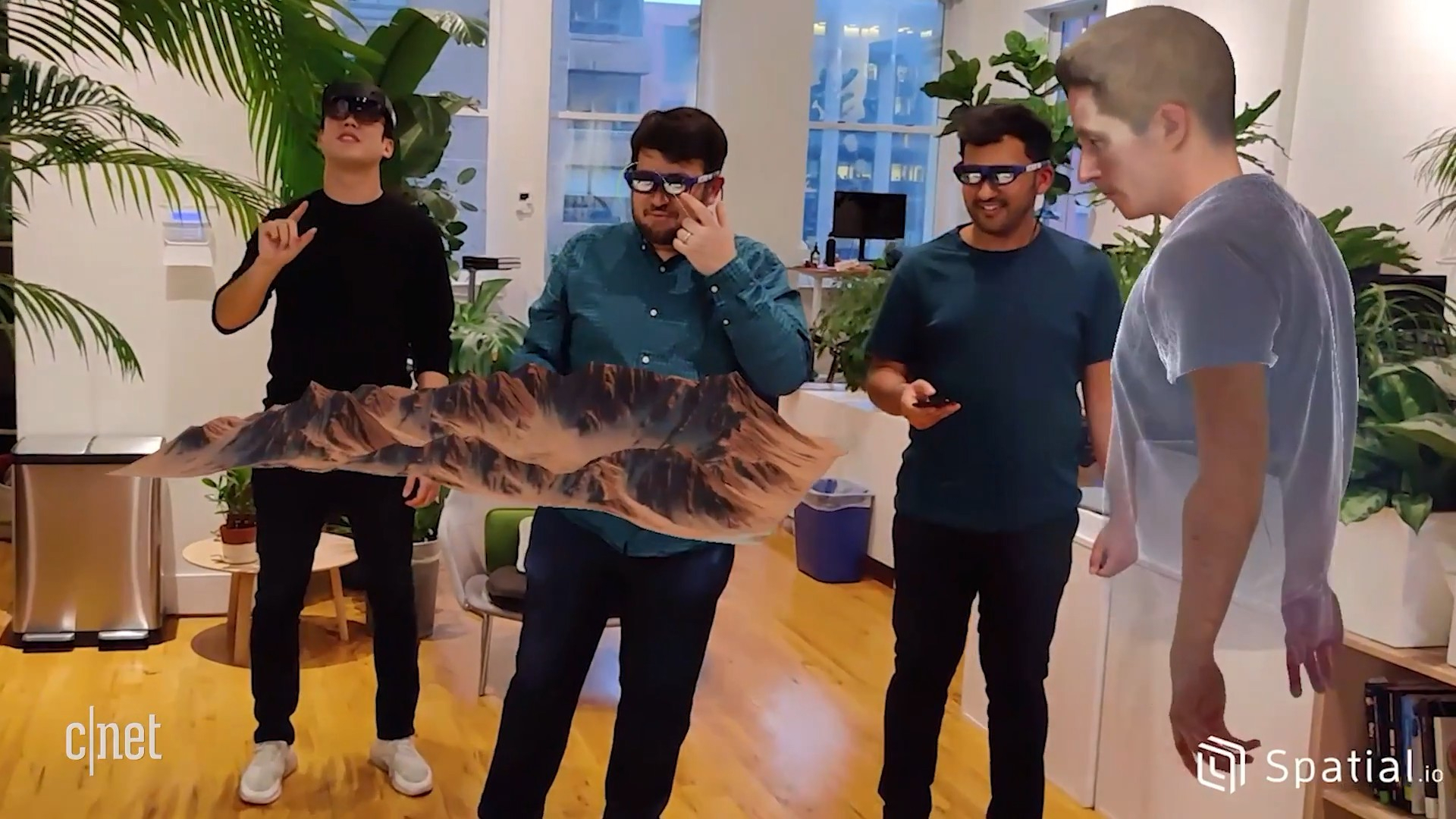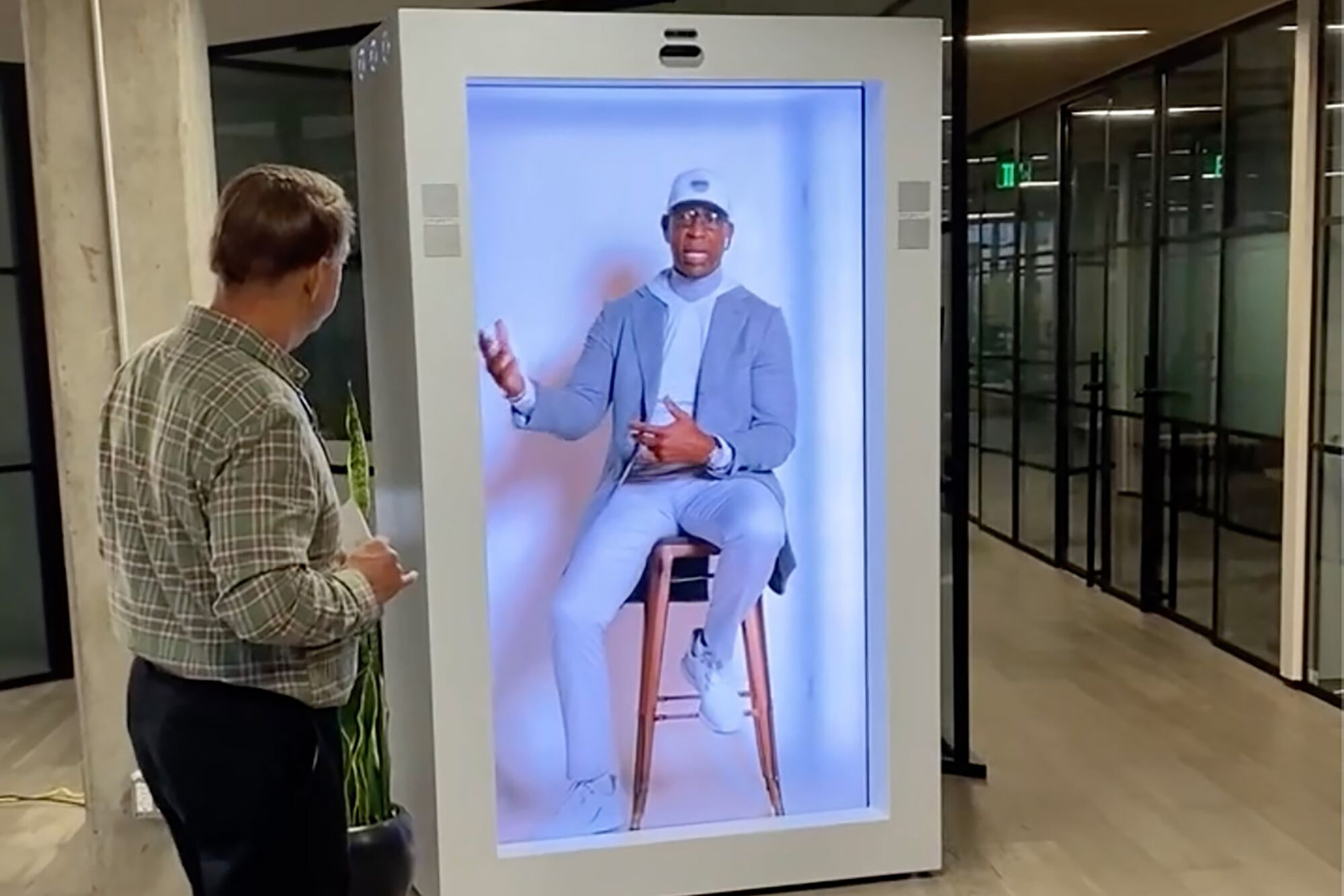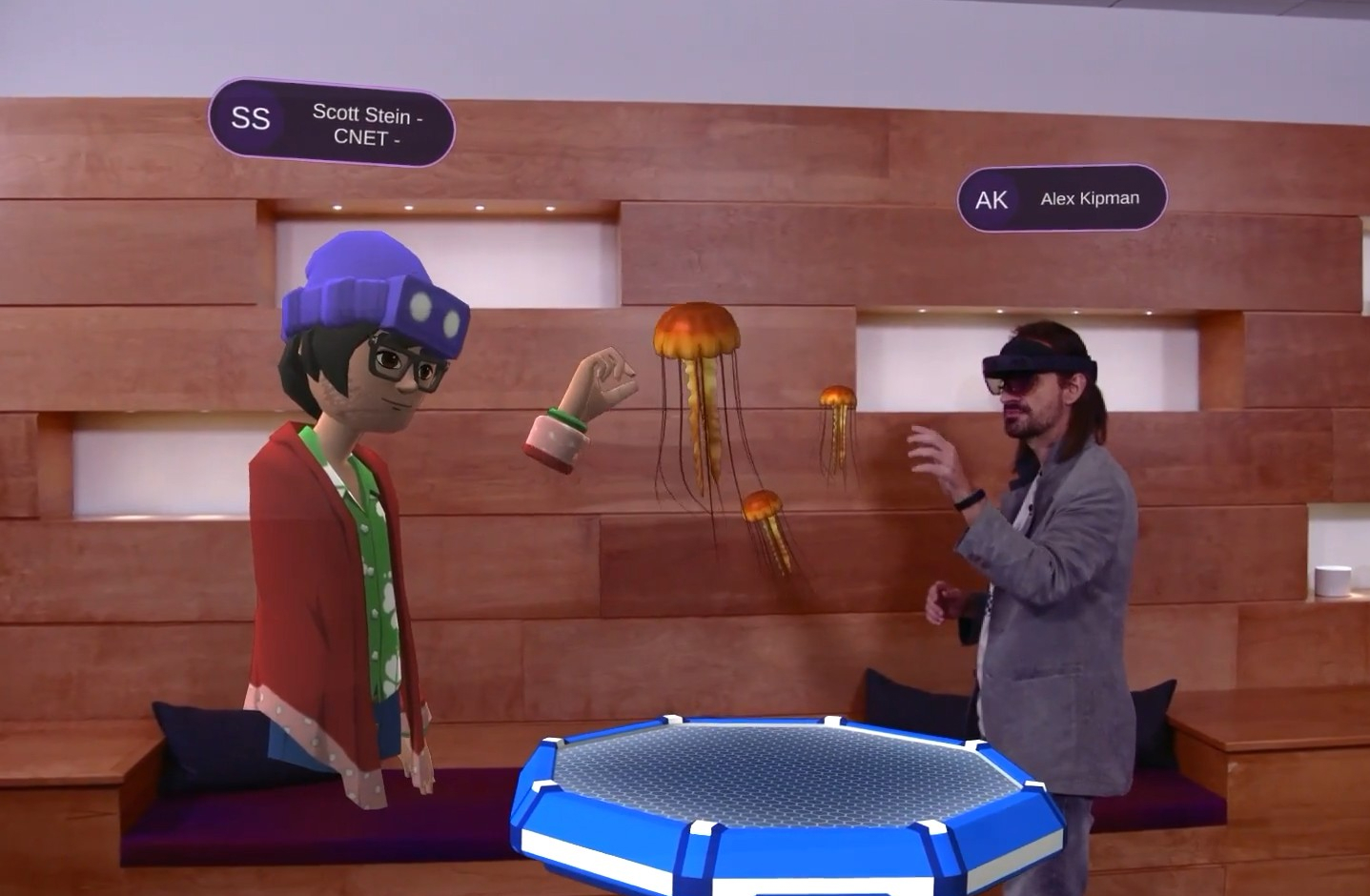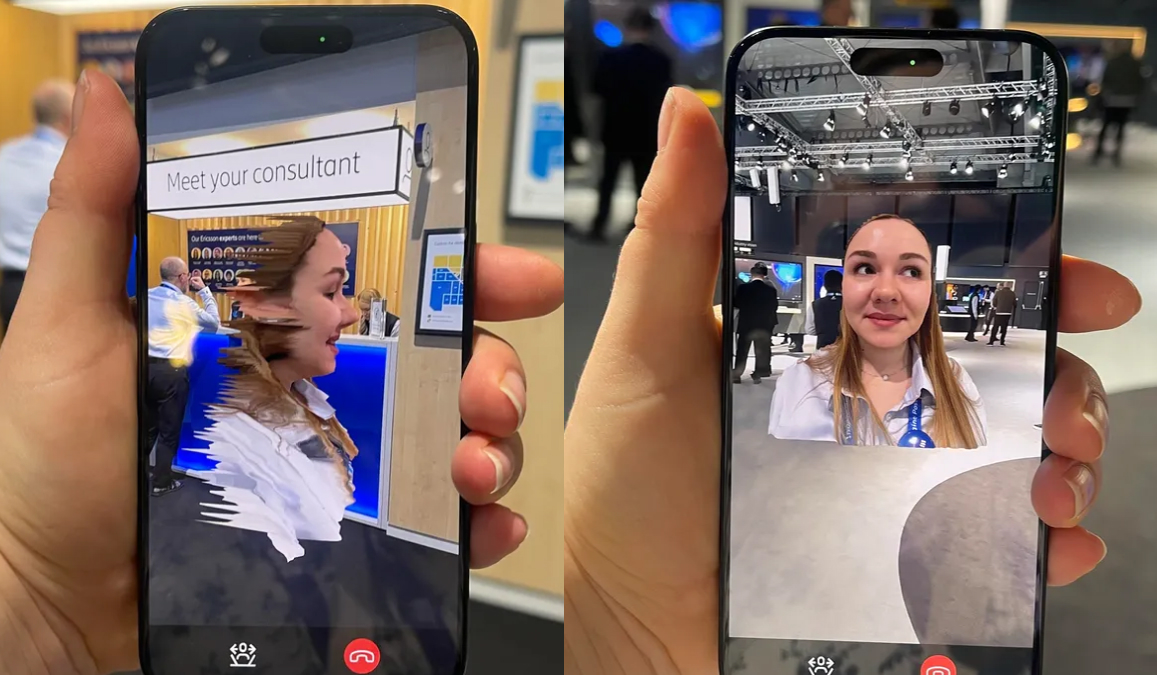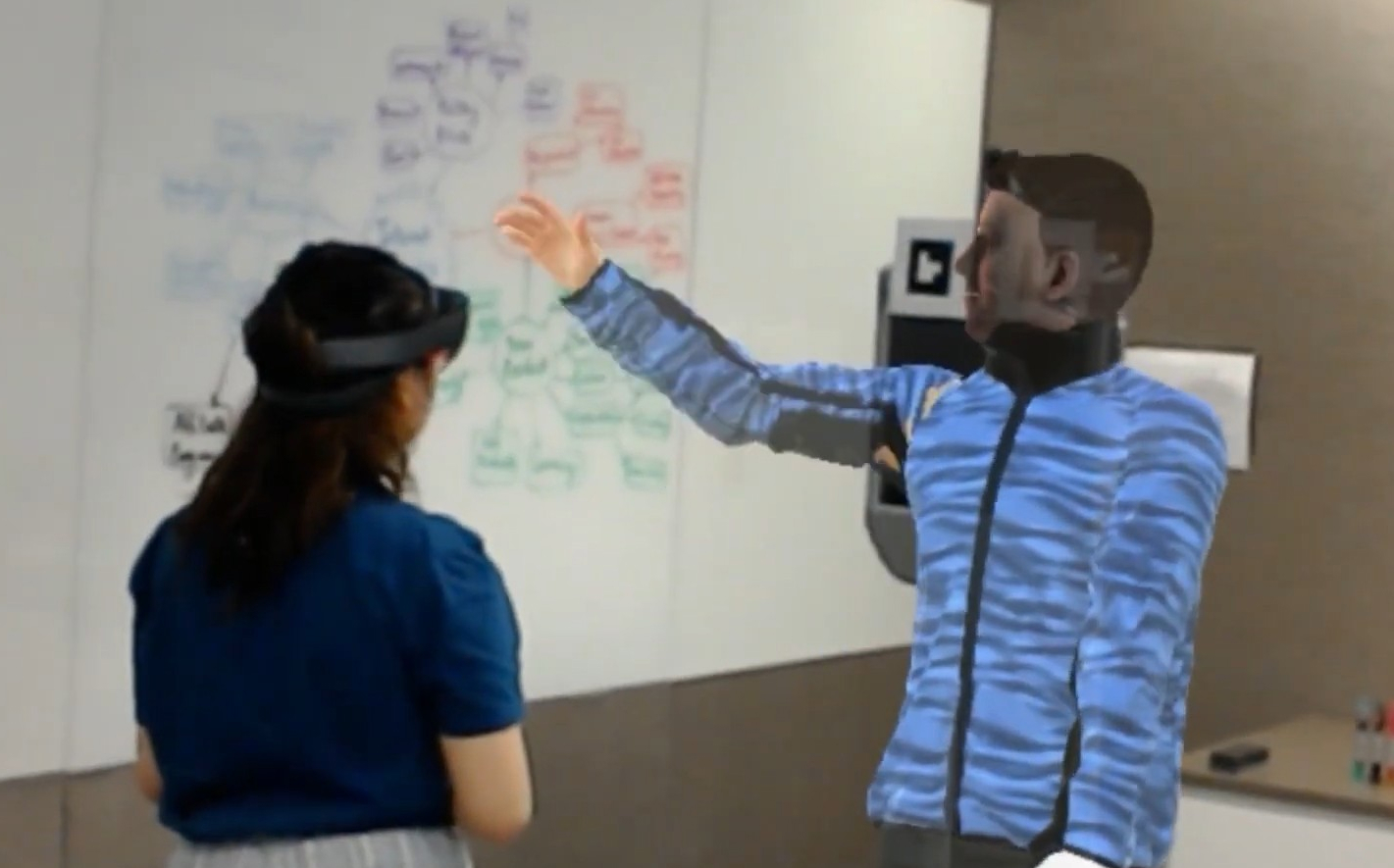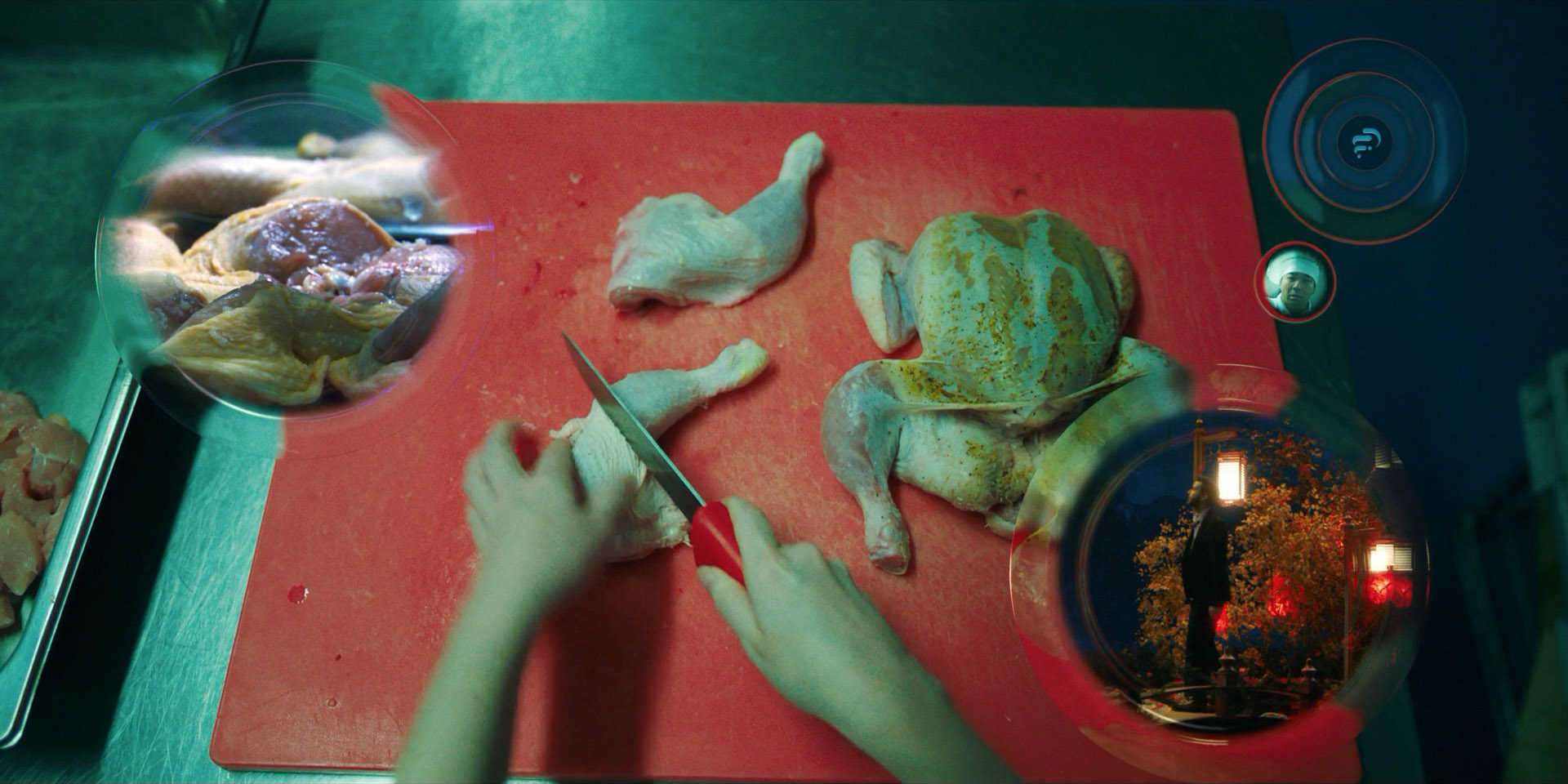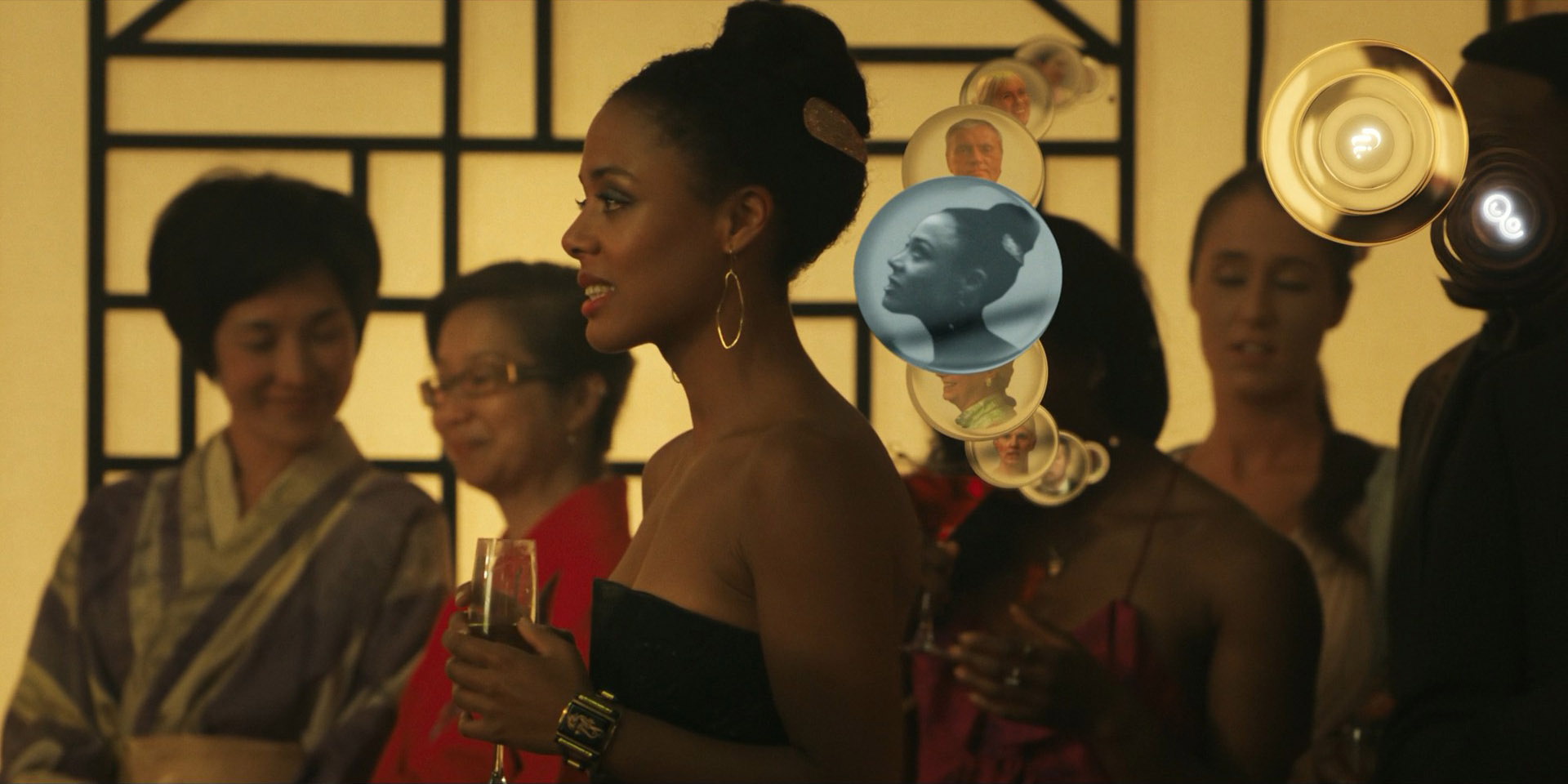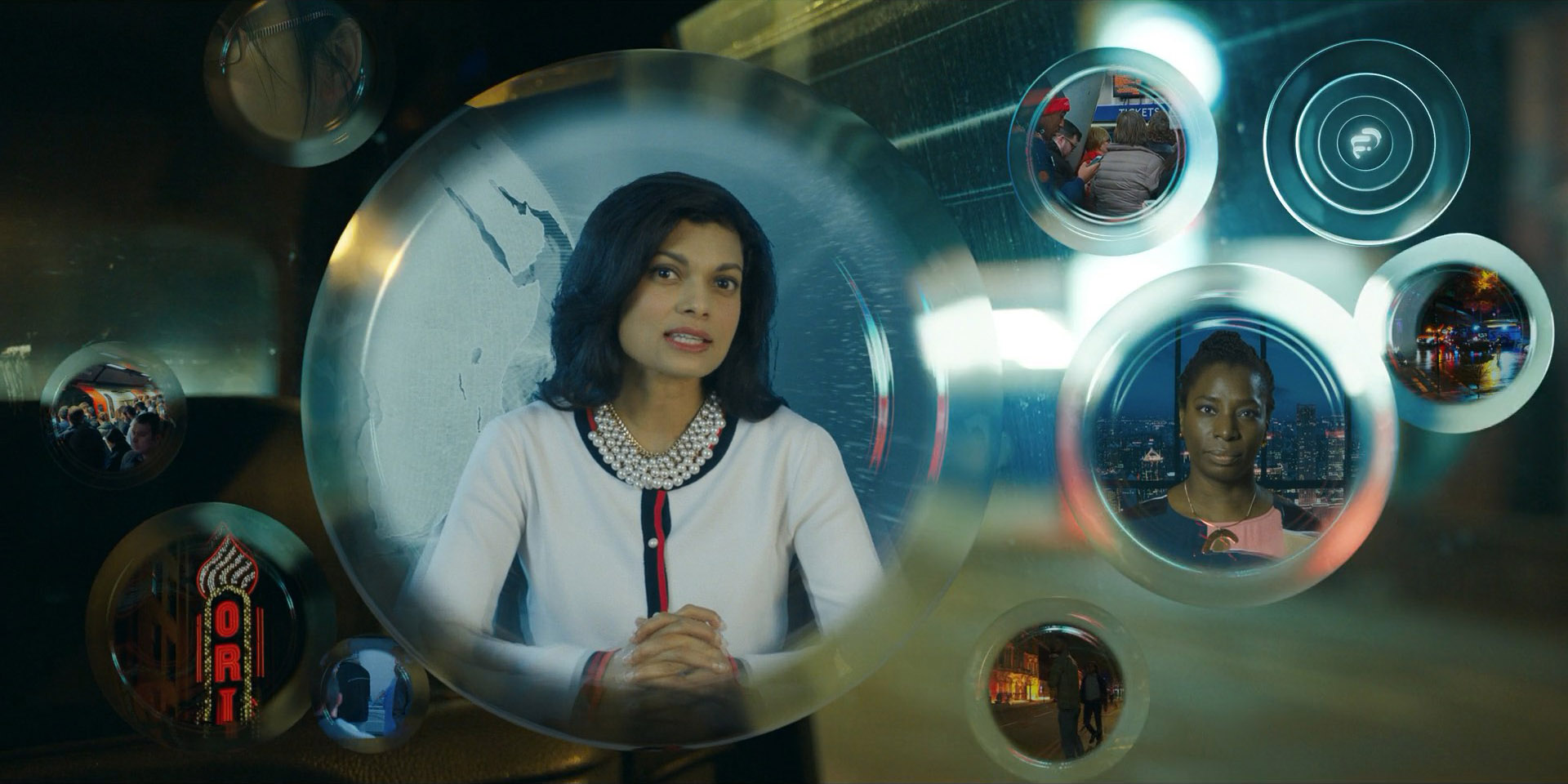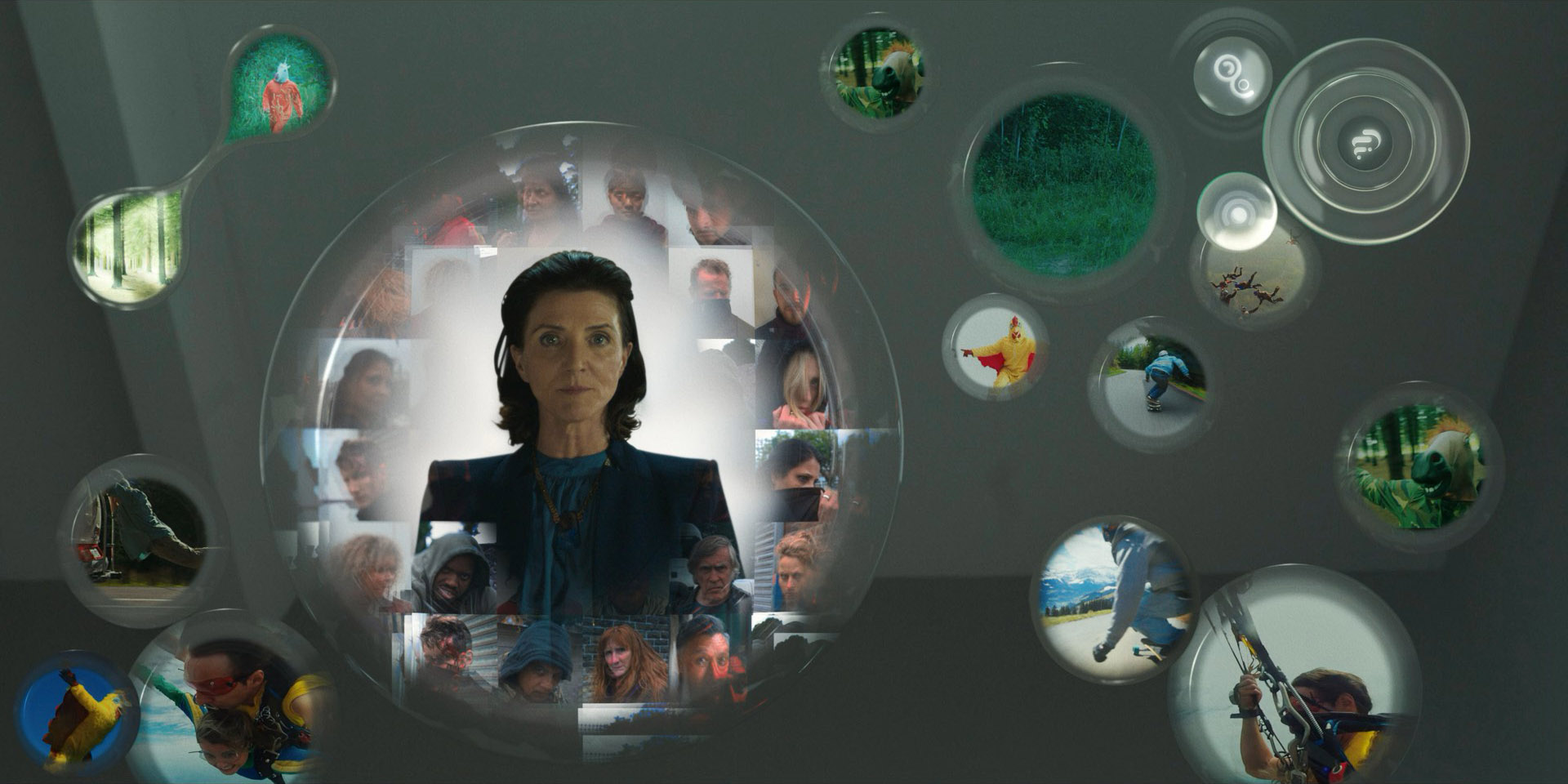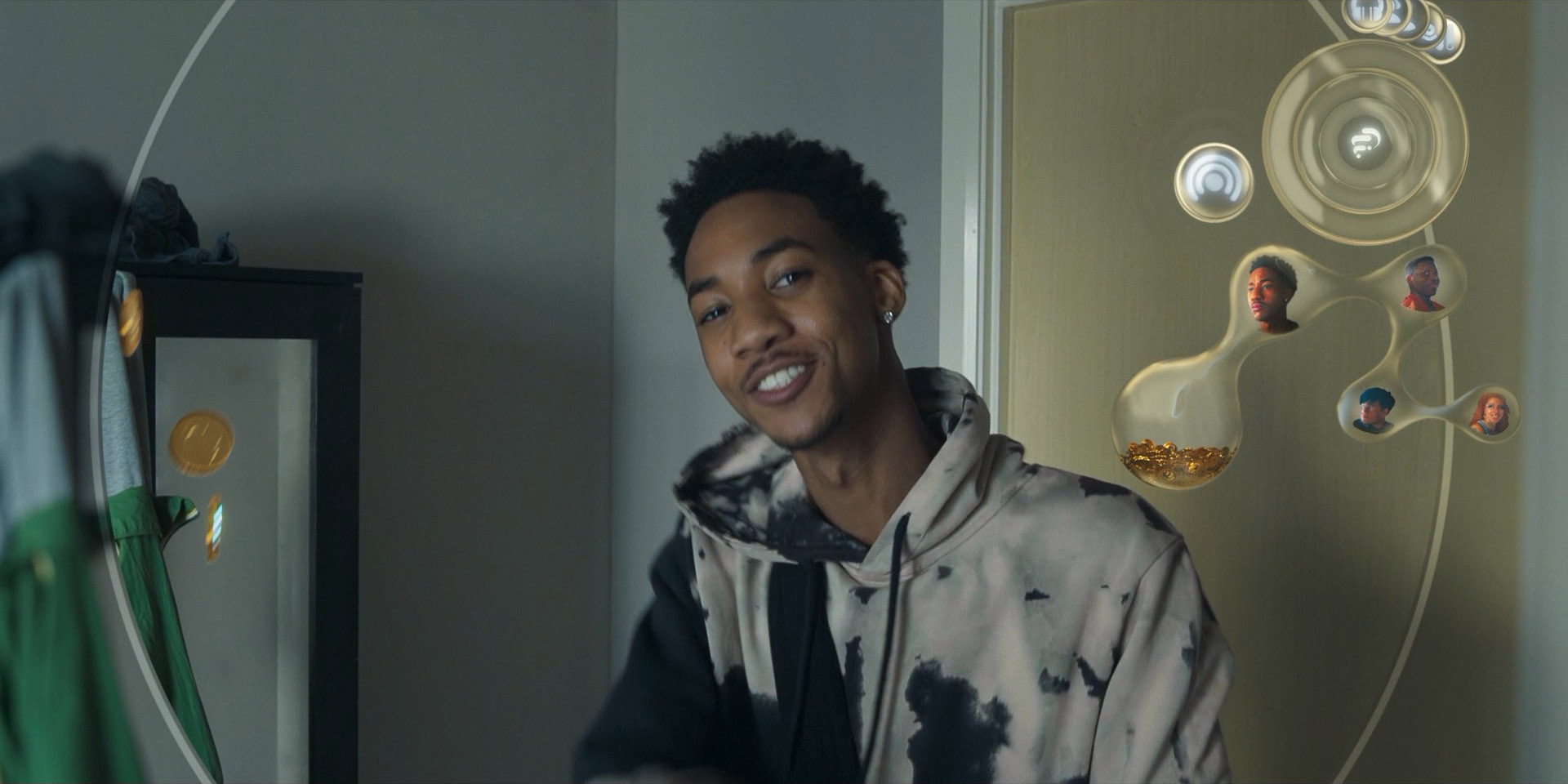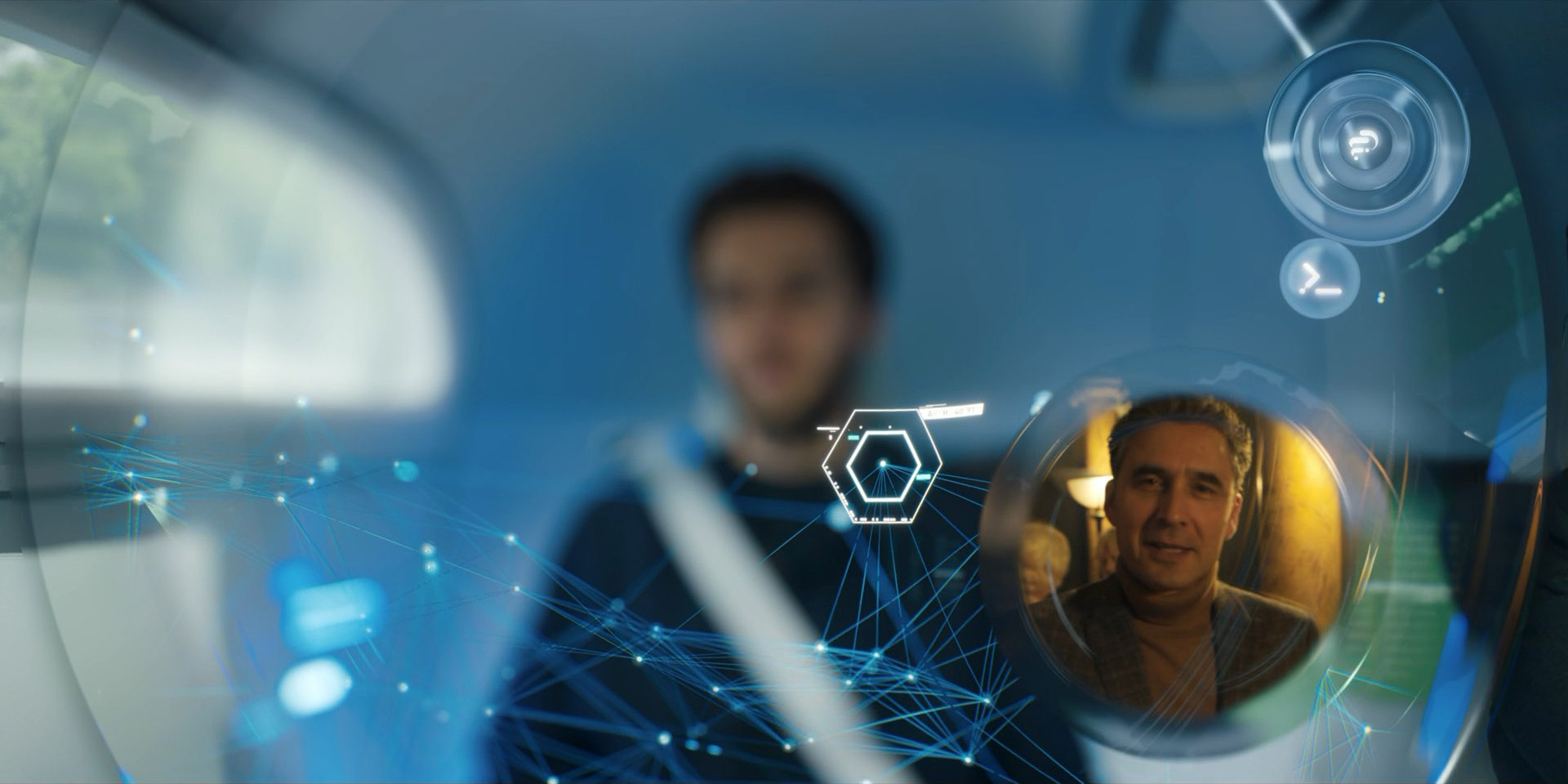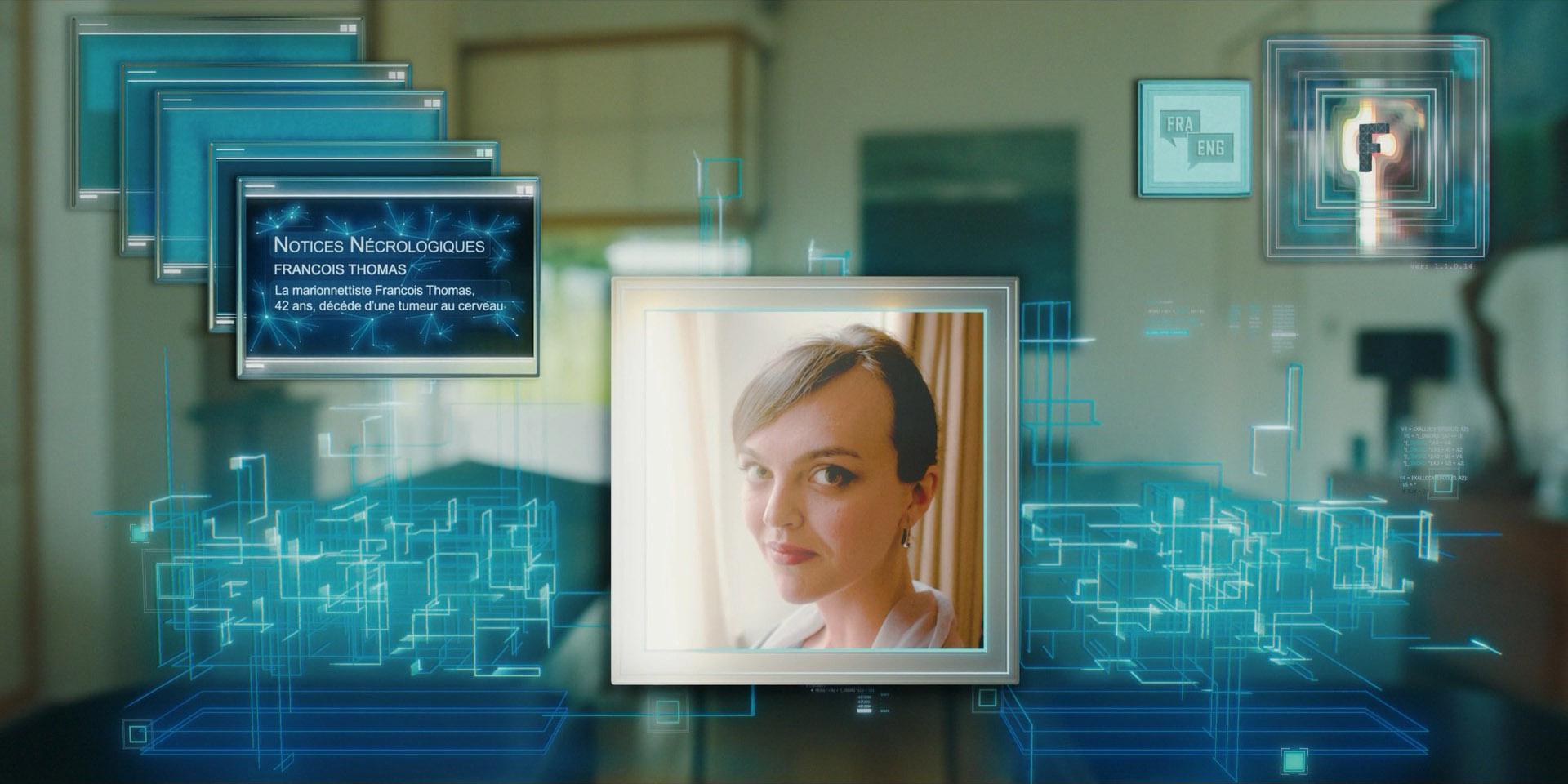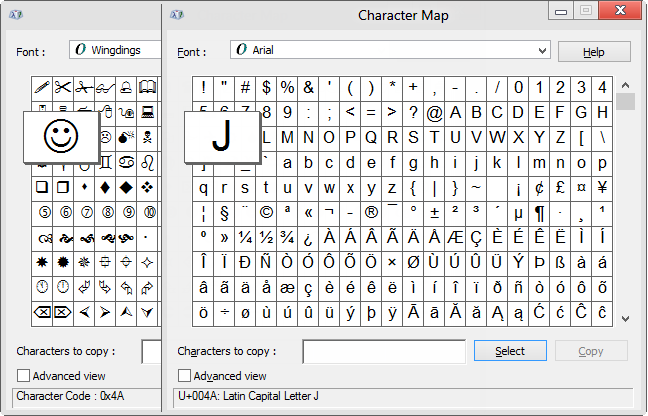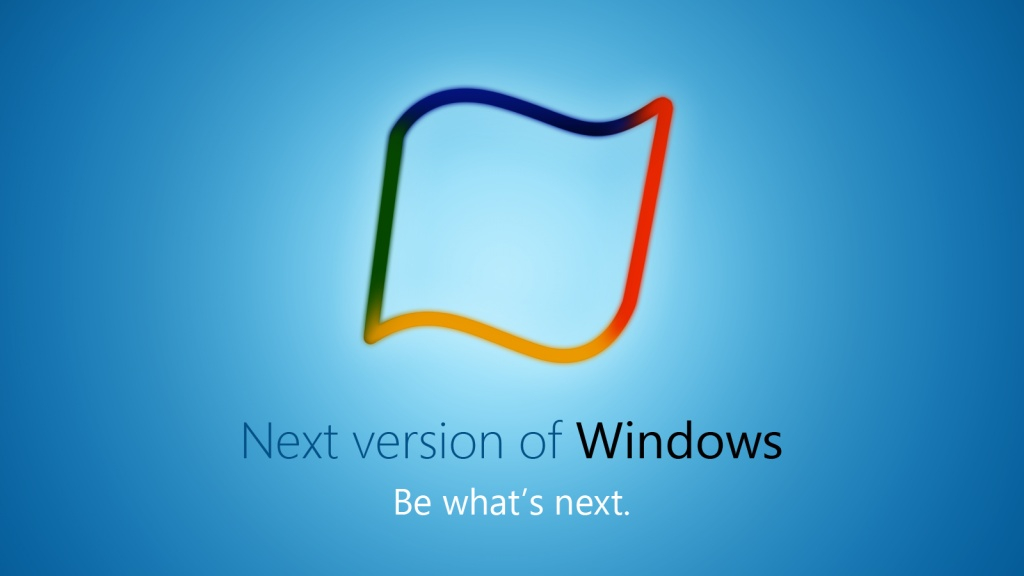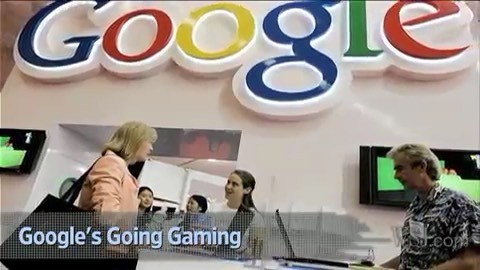The Amazon TV series “The Feed” offers a fascinating portrayal of augmented reality (AR) that feels eerily close to current technological developments. Based on M.T. Anderson’s novel, the show presents a world where people have direct neural connections to a digital network. While the premise may seem far-fetched, many of the AR features depicted are remarkably similar to emerging technologies today.
Virtual Meetings: More Than Just Video Calls
One of the most intriguing AR mechanics in “The Feed” is its approach to virtual meetings. Characters can enter virtual spaces where they appear to others as if they were physically present. This isn’t just a video call – the entire person is rendered in the room, creating an immersive experience for all participants. In one scene, the protagonist Tom hosts two separate virtual visitors simultaneously. All participants can see and interact with each other within Tom’s augmented space.
The show also depicts group virtual spaces, such as a Victorian mansion where kids gather to play games on wall-sized screens. This shared virtual environment, while more advanced, echoes current efforts in creating metaverse-like spaces for social interaction and entertainment.
Apple’s recently announced Vision Pro headset and its “Spatial Personas” feature is the same general concept. The Vision Pro creates a 3D avatar of the user that can appear in meetings and other applications. Both in the show and on the Vision Pro, the AR tech doesn’t have a camera separate from the user to capture an image to send to others in the meeting. The Vision Pro uses external cameras to capture user movements and animate a pre-scanned avatar. In “The Feed” they likely interpret neural signals to animate an avatar – or the people meeting like this are in rooms rigged with 3D cameras.
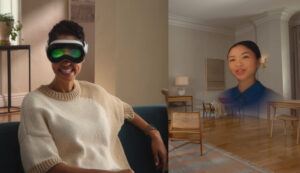
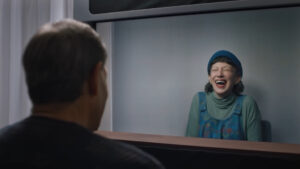
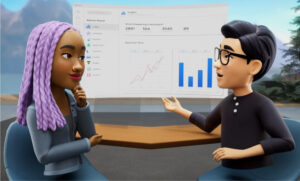
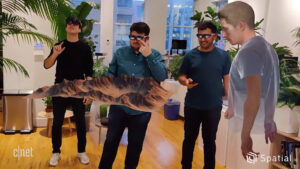
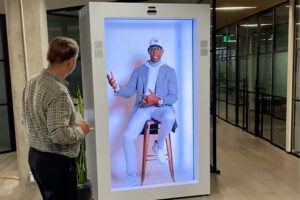
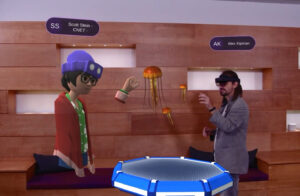
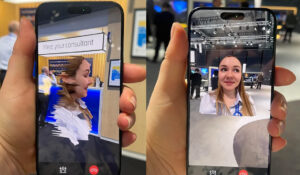
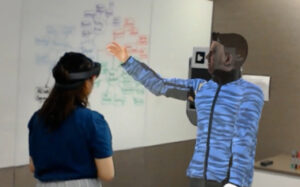
Other similar modern tele-presence meeting tech includes Google’s Project Starline, which uses booth-like setups with multiple cameras and displays to create 3D video calls without requiring users to wear any devices. This approach allows for full-body capture without the need for avatar generation, contrasting with Apple’s Vision Pro.
QR Codes: Bridging Physical and Virtual Realities
Another fascinating aspect of augmented reality in “The Feed” is its innovative use of QR codes to trigger virtual overlays. This application of AR technology in the show demonstrates both the potential and the risks of seamlessly blending digital content with our physical world.
In the pilot episode, we see a striking example of how QR codes can transform entire spaces. A museum is instantly converted into a classical Japanese architectural setting when users approaching the building encounter giant QR codes. This showcases the potential for AR to completely alter our perception of physical spaces, offering immersive experiences that go beyond traditional exhibits.
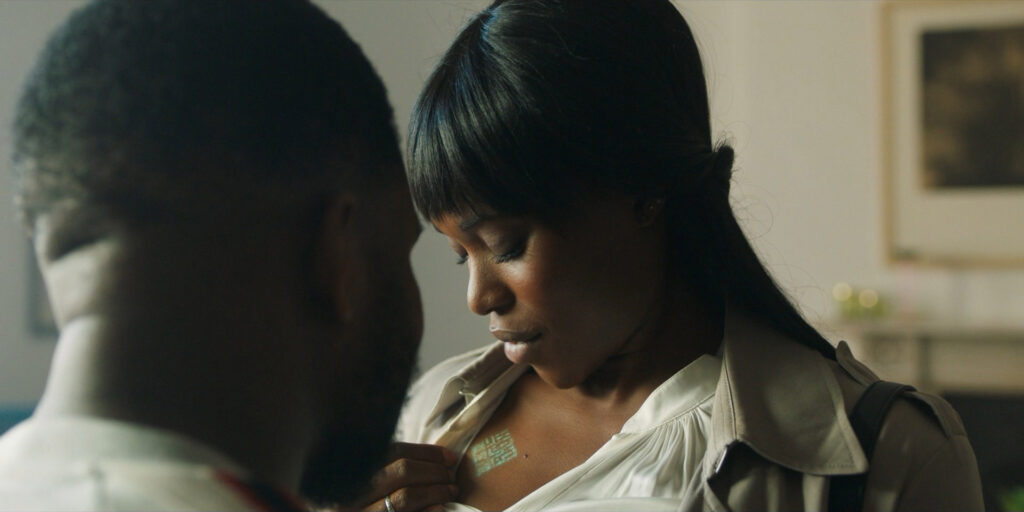
The show takes a more personal approach to AR with a character who gets a QR code tattooed on their body. This special tattoo renders a customized “skin” overlay, allowing the character to transform their entire appearance and fulfill their partner’s fantasies.
Perhaps the most intriguing use of QR codes in “The Feed” is seen when a covert team uses them to become effectively invisible. By wearing clothes and masks covered in QR codes, they exploit the AR technology to render themselves as cloaked figures, undetectable to guards. This clever subversion of AR tech highlights how automatically accepting AR defined by others makes one vulnerable to manipulation.
While the applications in “The Feed” are more advanced, the use of QR codes in AR is not far removed from current technology. Today, we frequently see QR codes used to trigger AR experiences in art installations, product packaging, and advertising. When viewed through a smartphone or AR glasses, these codes can reveal 3D models, animations, or additional information overlaid on the real world.
Physical-Digital Hybrids: Tangible Interfaces in an AR World
Despite the pervasive nature of augmented reality in “The Feed”, the show doesn’t completely abandon physical interfaces. Instead, it presents an intriguing blend of physical artifacts that serve as gateways or anchors for digital information. This hybrid approach offers a compelling vision of how we might interact with data in an AR-saturated world.
One example is Evelyn’s use of a semi-translucent adhesive patch as a data drive. This device allows her to securely download data from her office and transport it home. Once there, she can adhere it to any normal surface, instantly transforming it into a 3D display for the downloaded information. This concept brilliantly merges the need for data portability with the potential of AR to turn any surface into an interactive display.
In another scene, we see Kate use a business card-sized device as a physical anchor for a virtual photo album. When placed on a table, this small object projects virtual images that can be manipulated in the air, allowing Kate to view and interact with photos as if they were physical objects floating before her. This approach maintains the emotional connection we often have with physical photo albums while leveraging AR to enhance the viewing experience.
The inclusion of these physical-digital hybrid interfaces in “The Feed” is particularly noteworthy given the show’s depiction of a world with near-complete network coverage. In theory, all of this data could be purely virtual, accessible anywhere at any time. However, the show recognizes several important factors that might drive the continued use of physical objects:
- Data Security: Physical artifacts can serve as a form of offline storage, providing an extra layer of security for sensitive information.
- Tangible Experiences: Despite the prevalence of digital technology, humans often crave tangible interactions. Physical objects that serve as anchors for digital experiences can satisfy this need.
- Intentional Disconnection: In a world of constant connectivity, physical artifacts that must be intentionally accessed might offer a way to create boundaries and maintain privacy.
- Reliability: Physical objects don’t rely on network connectivity, potentially making them more reliable in certain situations.
The Ultimate Interface: Direct Neural Connection
“The Feed” presents what could be considered the holy grail of AR/VR technology: a direct neural interface that bypasses traditional sensory input methods. By interfacing directly with the brain, they eliminate many of the physical limitations of current AR/VR systems. There’s no need for bulky headsets, no issues with display resolution or field of view, and no lag between user input and system response. This allows for a truly immersive and seamless AR/VR experience. This implementation offers several advantages and raises intriguing questions about the future of human-computer interaction.
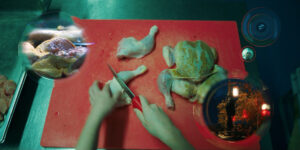

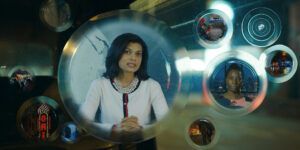
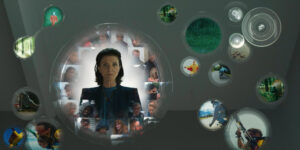
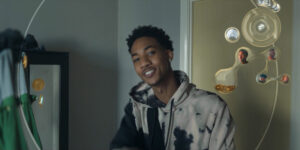
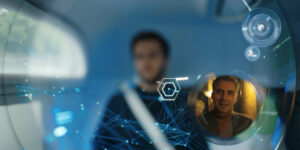
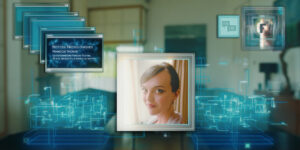
The interface seems to be primarily controlled by thought, allowing for intuitive and immediate interaction with the digital world. However, the use of voice commands for certain functions suggests that there may be limitations to the system’s ability to interpret complex thoughts. Current trends in user interface design seem to favor multimodal interactions, especially when one interaction compromises precision for simplicity.
The show makes it clear that visual and auditory information is directly fed into the brain, allowing users to experience a complete audiovisual virtual environment without external cues. While it’s unclear if other senses like touch are fully integrated, the ability of users to interact with virtual objects suggests some level of tactile feedback. The potential for full sensory immersion raises fascinating possibilities for entertainment, education, and communication.
“The Feed” doesn’t shy away from exploring the economic implications of ubiquitous AR/VR technology. The prevalence of virtual currency and the ability to access complex financial information with a thought points to a highly digitized economy. The show’s depiction of kids earning currency through livestreaming is particularly prescient, mirroring current trends in social media monetization.
One of the most thought-provoking aspects of “The Feed” is its exploration of society’s dependence on this technology. The feed is portrayed as essential for modern life, raising concerns about the concentration of power in the hands of the corporation that controls it. This reflects real-world debates about the influence of big tech companies and the risks of relying too heavily on single points of technological failure.
Perhaps most unsettling is the show’s depiction of how AR and VR can blur the lines between physical and digital reality. The seamless integration of virtual elements into the real world, and the ability to create fully immersive virtual environments, raises profound questions about the nature of reality and human perception. Could we reach a point where the distinction between real and virtual becomes meaningless?
Total Recall: The Promise and Perils of Perfect Memory
An interesting technology in “The Feed” is the ability to record, store, and replay personal experiences. This feature goes beyond simple video recording, extending to the capture of entire sensory experiences and even the backing up of one’s entire mind. Throughout the show, we see characters reviewing recordings of events as seen through their own eyes. This ability to perfectly recall past experiences could be incredibly useful in many situations. Forgotten details, misremembered events, or even missed nuances in important conversations could all be revisited with perfect clarity.
However, the show doesn’t shy away from the darker implications of this technology. The fact that these deeply personal recordings and memories can be accessed by others is deeply unsettling. It raises serious concerns about privacy, consent, and the potential for abuse of such intimate data.
The Price of Memory: Data Storage in an AR World
One of the less glamorous aspects of the augmented reality world in “The Feed” is the massive data storage required to maintain all the recorded experiences, backed-up minds, and other digital information. This element of the show raises several important points that mirror current and future concerns about data storage in our increasingly digital world.
- Data Ownership: When our memories and experiences are stored in a corporate cloud, who truly owns that data?
- Digital Divide: Could premium storage become a luxury, creating a new form of inequality where only the wealthy can afford to store extensive memories or mind backups?
- Data Retention Policies: In a world where everything can be recorded, should there be limits on how long data is kept?
- Digital Legacy: What happens to our stored memories and experiences after we die?
In “The Feed”, cloud storage is offered as a paid service – not unlike what we see today with companies like Google, Apple, and Dropbox offering tiered cloud storage plans. However, the scale and importance of this storage in the show’s world are dramatically increased, given that it houses not just files and photos, but entire life experiences and even complete minds. The show’s depiction of centralized cloud storage also highlights the potential fragility of digital memory. If all our experiences and even our minds are stored in a single corporation’s servers, what happens if that system fails or the company goes bankrupt?
Conclusion: A Mirror to Our Augmented Future
“The Feed” presents a multifaceted vision of an augmented reality future that feels both exciting and cautionary. From immersive virtual meetings and QR-triggered overlays to physical-digital hybrid interfaces, perfect memory recall, and direct neural interfaces, the show explores a wide range of potential AR applications.
While some aspects of this technology, like the neural implants, may seem far-fetched, many elements are not far removed from current developments. Companies like Apple, Google, and others are already pushing the boundaries of AR, and some of the capabilities depicted in the show may be closer to reality than we think.
However, “The Feed” also serves as a warning, highlighting the potential pitfalls of ubiquitous AR. Privacy concerns, the blurring of reality and virtual experiences, data storage issues, and the psychological impacts of constant connectivity are all explored in the show.
As we continue to develop and adopt AR technologies, “The Feed” reminds us to consider not just the possibilities, but also the implications of an increasingly augmented world. It challenges us to think critically about how we want to shape our technological future and what safeguards we need to put in place to protect our privacy, autonomy, and humanity in an augmented age.
By presenting this vivid portrayal of a possible AR-dominated future, “The Feed” does what great science fiction has always done: it holds up a mirror to our present, extrapolates our current trajectory, and invites us to contemplate the world we’re creating. In doing so, it provides valuable insights that can inform our approach to developing and implementing AR technologies in the real world.
As we stand on the brink of potentially transformative advances in AR and neural interface technology, the questions raised by “The Feed” become increasingly relevant. How will we balance the benefits of immersive digital experiences with the need for privacy and authentic human connection? How will we ensure equitable access to these technologies while managing their environmental impact? And perhaps most importantly, how will we preserve our sense of self and reality in a world where the lines between physical and digital are increasingly blurred?
“The Feed” doesn’t provide easy answers to these questions, but it encourages us to start thinking about them now, before the future it imagines becomes our reality. As we move forward into an increasingly augmented world, let’s carry these considerations with us, striving to create a future that harnesses the potential of AR technology while safeguarding the essence of our humanity.
